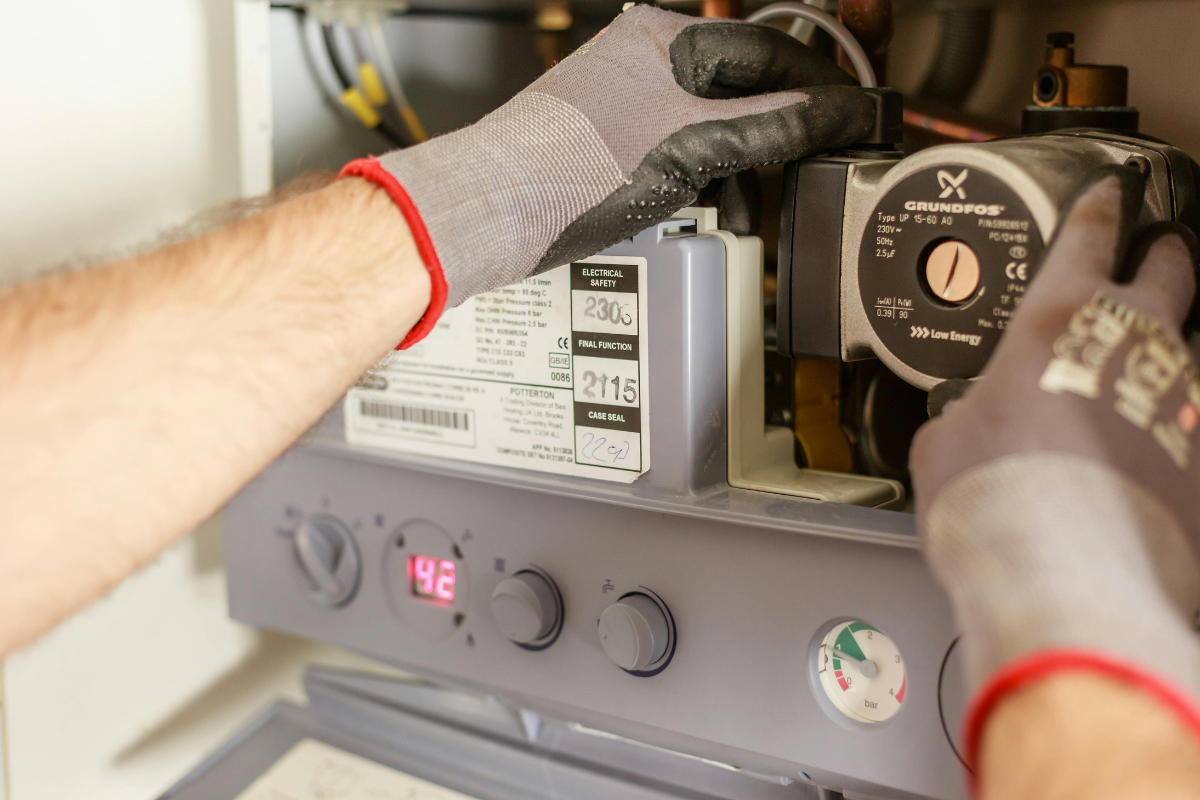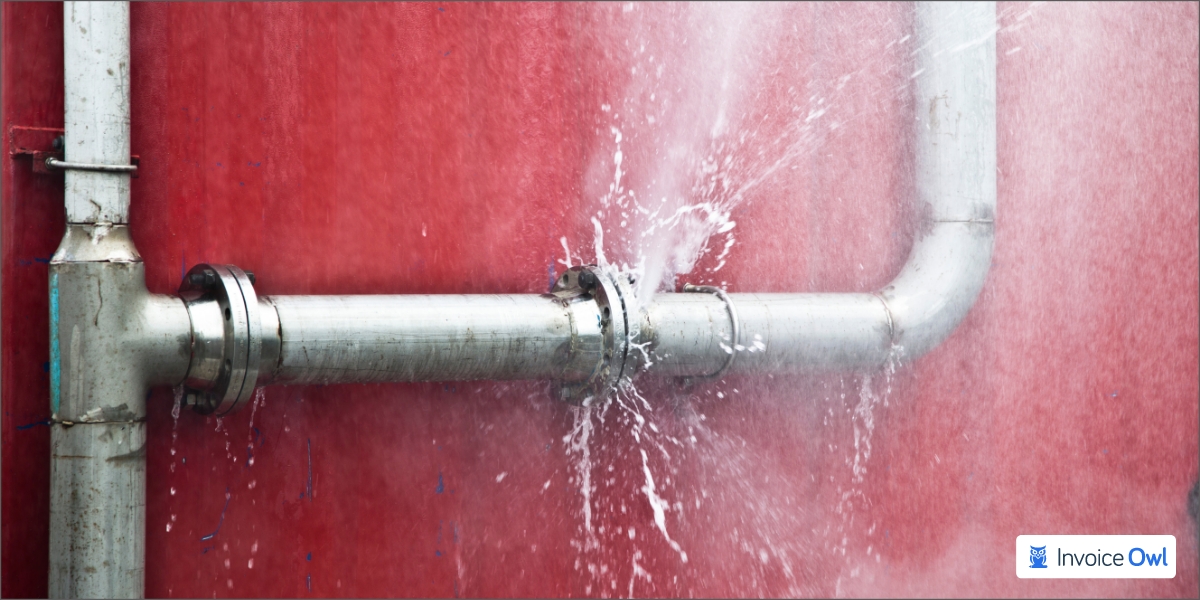What's Next in Plumbing: Trends and Advancements
What's Next in Plumbing: Trends and Advancements
Blog Article
What're your thoughts regarding 7 Plumbing Industry Trends You Need To Know?

Intro
The plumbing industry is going through a transformative stage driven by technical improvements and expanding issues for sustainability and performance. This write-up checks out arising patterns and developments forming the future of plumbing.
Governing Landscape
Regulatory structures play a critical role fit the fostering of plumbing technologies, with criteria and codes regulating everything from water effectiveness to item safety and security. As modern technologies continue to develop, regulatory bodies must adapt to guarantee customer defense and environmental stewardship.
Future Expectation
The future of pipes is characterized by proceeded innovation and integration with various other fields such as IoT, renewable resource, and building automation. By embracing lasting techniques, leveraging emerging technologies, and focusing on user-centric design, the pipes industry is positioned to address the progressing requirements of culture while decreasing its ecological impact.
Increased Reality in Pipes
Augmented Fact (AR) innovation is reinventing pipes by providing technicians with real-time visual support for fixing and repair work jobs. AR-enabled wise glasses or mobile applications overlay digital details onto the physical environment, aiding plumbing professionals picture pipe layouts, identify concealed leaks, and execute repairs with accuracy.
Impact of 3D Printing
The development of 3D printing has introduced new opportunities in producing plumbing elements. From custom-made components to intricate pipe fittings, 3D printing permits rapid prototyping and on-demand production, decreasing lead times and allowing higher modification in pipes design.
Health and Safety Features
In feedback to heightened issues for health and safety, pipes components are integrating functions such as antimicrobial surface areas, touchless operation, and self-cleaning devices. These technologies not just enhance hygiene yet additionally promote individual comfort and comfort.
Hygiene-focused Fixtures
Touchless taps, self-sanitizing commodes, and antimicrobial surface areas are coming to be progressively prevalent in residential and business setups, lessening the danger of bacterium transmission and advertising a cleaner, healthier atmosphere.
Water High Quality Surveillance
Developments in water high quality tracking modern technologies make it possible for property owners to keep track of the pureness and safety of their water system in real-time. Smart water top quality sensors can discover pollutants, pH degrees, and temperature level variants, equipping customers to take aggressive actions to make certain water security.
Remote Pipes Providers
Remote diagnostics and virtual help are revolutionizing the way plumbing solutions are supplied. Through video clip conferencing and remote access modern technologies, plumbing technicians can fix concerns, offer support for DIY repair services, and also carry out remote examinations, supplying greater availability and benefit to home owners.
Obstacles and Opportunities
While plumbing developments hold tremendous promise, they additionally present obstacles such as information privacy issues, governing conformity, and the demand for labor force training. Resolving these challenges needs partnership in between market stakeholders and regulative bodies to make sure risk-free and responsible execution of new modern technologies.
Smart Pipes Systems
Incorporating smart technology right into plumbing systems makes it possible for remote tracking, leak discovery, and automated maintenance. Smart sensors and IoT (Web of Things) tools allow home owners and plumbings to monitor water use and discover concerns in real-time, causing more reliable resource administration and aggressive maintenance.
Water Effectiveness Solutions
With raising emphasis on water conservation, ingenious options are being developed to reduce water wastage in plumbing systems. High-efficiency components, greywater recycling systems, and clever watering controllers are amongst the innovations assisting consumers reduce their water footprint while keeping comfort and convenience.
Sustainable Materials
The change in the direction of sustainability reaches plumbing products, with a growing choice for environment-friendly options. Naturally degradable piping products, such as PEX (cross-linked polyethylene) and HDPE (high-density polyethylene), offer durability and resistance to rust without endangering environmental integrity.
Anticipating Upkeep
Predictive upkeep techniques utilize information analytics and machine learning formulas to prepare for and stop pipes issues before they happen. By evaluating historic information and efficiency metrics, predictive maintenance algorithms can identify patterns and anomalies, allowing aggressive treatments to avoid pricey repair work and disturbances.
Conclusion
In conclusion, the future of pipes is defined by a convergence of modern technology, sustainability, and user-centric design. By welcoming clever solutions, lasting materials, and aggressive upkeep methods, the plumbing market can boost efficiency, advertise security, and contribute to a much more sustainable future.
Plumbing Industry Trends You Need To Know
Smart technology in plumbing
Homeowners want to be able to manage their homes from their phones. The technology exists to make that happen. From smart toilets to leak detector devices, the whole plumbing system can be managed on an interconnected network made up of sensors, IoT devices, and machine learning algorithms.
This allows for wireless control to turn appliances on and off, automate routines, and access advanced monitoring to track water usage and flag potential issues. Smart technology streamlines water consumption, maintenance and energy usage, creating a more efficient system.
Green plumbing
The data analysis possible with smart technology not only improves convenience and cost-effectiveness but also fulfills a high-priority customer desire – sustainability. Consumers are very aware of their impact on the planet and want plumbing solutions to reduce damage and support sustainability. Eco-friendly plumbing solutions are already starting to emerge.
Customers can opt for low-flow toilets, water-saving faucets, and connections to sustainable energy sources. Beyond monitoring water consumption, customers can conserve water through the installation of greywater systems. This is a system that collects water that has been used but is still clean enough for some household uses such as toilet flushing.
Shorter product pipeline
To keep up with modern plumbing, plumbers need modern tools that enable them to complete jobs more efficiently. One technology making strides in this area is 3D printing. By 3D printing key plumbing fixtures, plumbers can reduce wait times even for specialized fixtures. It minimizes delays often seen in traditional manufacturing that frustrate customers and prevent plumbers from taking on more work.
Off-site repairs
Augmented reality is making a splash in many industries including plumbing. Plumbers can map a building online so they can explore the plumbing system through augmented reality, identifying areas of maintenance and repair completely digitally. This technology can be applied quite widely in plumbers’ work including planning installations and training new recruits. It’s safer, smarter and more efficient.
Low-footprint materials
Another way for plumbing companies to reduce their environmental footprint and meet the customer demand for sustainability is by using recycled materials in their work. The products they source and manufacture such as pipes, fixtures and faucets can be made from recycled materials. This saves the planet while being just as effective.
Onsite water purification
Additionally, plumbing companies can be advocates of water conservation and ease the financial and environmental concerns of customers by offering water purification systems. New water purification technology such as reverse osmosis systems and UV systems make it possible for homeowners and business owners to thoroughly cleanse water, removing contaminants onsite. This means the water can be safely reused in more ways than greywater can be, establishing a water recycling loop.
Tankless water heaters
Another innovation of modern plumbing is tankless water heaters. The idea is that the water is heated on demand as it runs through the system instead of being heated in a water tank. This is more energy efficient and therefore cost-effective and eco-friendly because water isn’t heated needlessly.

As an avid person who reads about 7 Plumbing Industry Trends You Need To Know, I was thinking sharing that blog post was a good thing. Do you know somebody else who is interested in the topic? Please feel free to share it. I am grateful for being here. Return soon.
Call Today Report this page